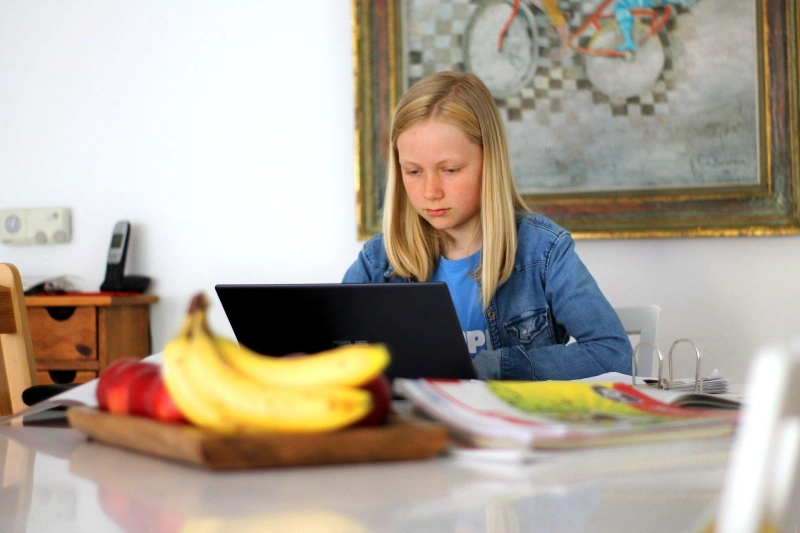The COVID-19 pandemic has forced us to embrace "the new normal." It also brought to light many inequalities wherein the developing world faces more challenges than First World countries.
And the digitization of education is among them.
Parents and learners who were previously anti-homeschooling have realized that Online Distance Learning is doable, and thus traditional institutions may get increasing competition from this form of learning in the future.
While more children around the world are home-schooled, not all children have equal access to this new education system. The pandemic forces us to talk about the widening gap between the rich and the poor as economic inequalities affect learning.
The sudden lockdown forced the fourth industrial revolution to be fast-tracked, and tertiary institutions to go online without sufficient preparation. Many educational institutions have come up against serious issues with lining up infrastructure and resources.
Educators also had to transform their methods in a hurry. Some educators, who were not technologically savvy, are struggling to convert face-to-face classes into online classes. Academics use various social platforms to ensure online participation by students.
However, using multiple tools often leave students feeling at a loss. Student feedback to surveys done by Professors Katherine Lyon and Siobhan McPhee of the University of British Columbia, Canada, suggests that students require a consistent and centralized set of tools and platforms to address these challenges.
Due to the pandemic, students have taken to apps like WHATSAPP and ZOOM to speak to educators and fellow students. Google classrooms are the norm in many schools now. But students have experienced a steep learning curve - learning new technology without tech support.
However, poor and rural learners face even greater challenges like limited access to computers, smartphones, the internet, and data.
Other challenges students face are a lack of discipline and support structures to cope with the transition, anxiety, stress, financial instability, challenges with motivation, and personal circumstances. Students from afar who have returned home face the added obstacle of living in different time zones.
The lack of resources of some students poses a challenge to many institutions in disseminating information. In rural and poor communities, many children share devices – if they have any at all.
Social distancing protocols are hard to maintain if an entire village is sitting together watching a broadcast of the syllabus on a single television or computer screen. This is the plight of many lower-income communities. Some schools remain a place of refuge for children from abusive homes, others, a place where they can get one meal a day.
And finally, the pandemic highlights the digital divide, the urban-rural gap, and access to the internet that shows the world the significant inequalities between the haves and the have nots.
So while classrooms remain bare in a lot of countries around the world, many children will continue getting ahead in 2020 while being educated at home, but for others, the pandemic has all but ended their struggle for success with their schools being their only link to education, and possibly, survival.


